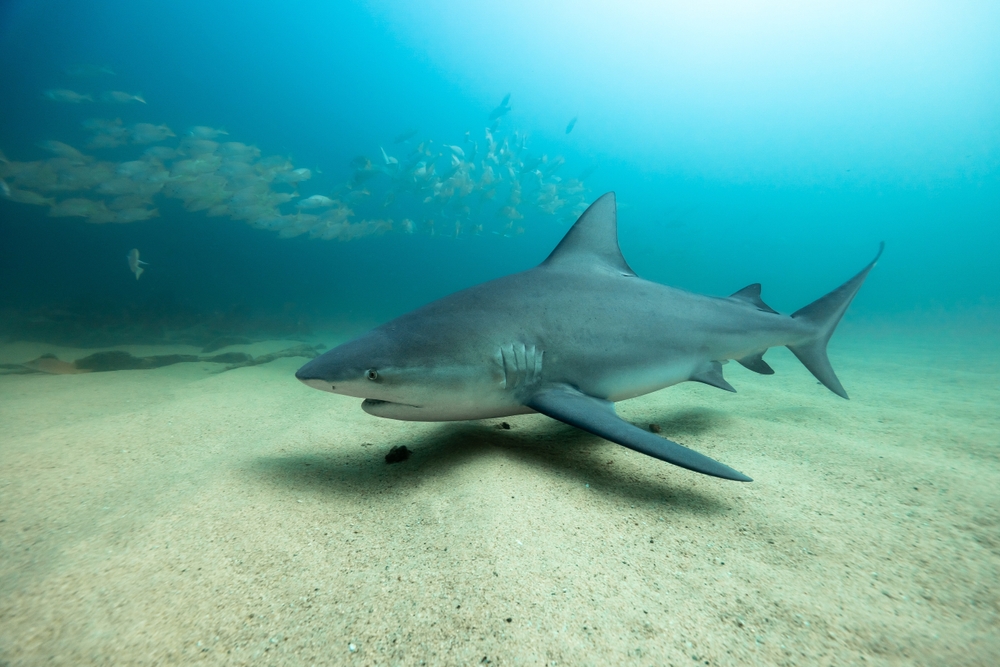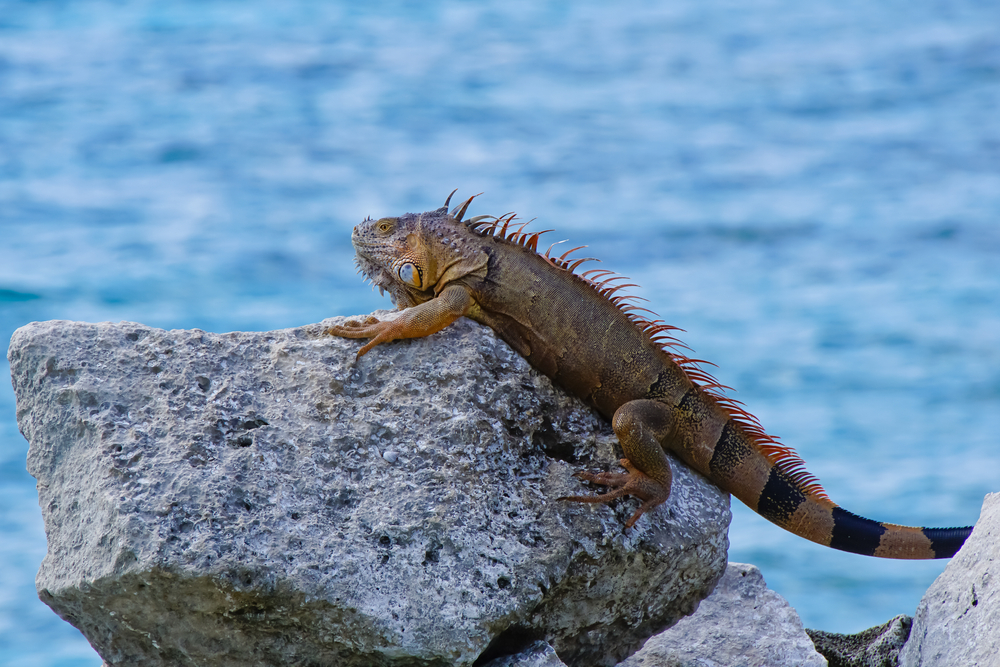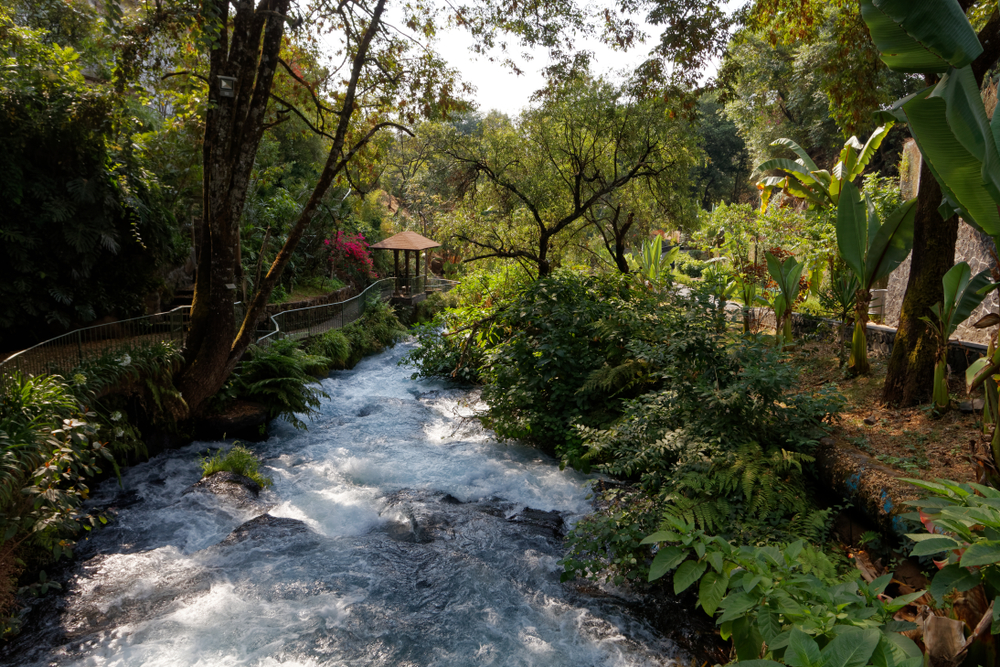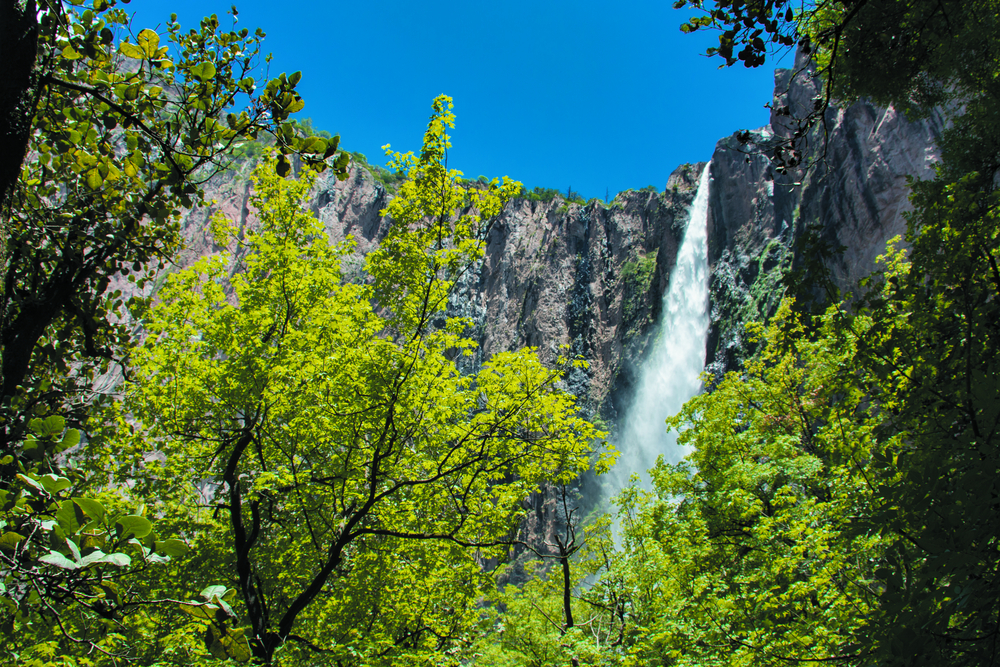Cañón del Sumidero Overview
Cañón del Sumidero National Park, or Parque Nacional Cañón del Sumidero in Spanish, is located in the southern Mexican state of Chiapas.
Covering approximately 83 square miles (215 square kilometers), this park is centered around the stunning Sumidero Canyon, a deep, narrow gorge carved by the Grijalva River over millions of years. Towering limestone walls rise dramatically, reaching heights of up to 3,300 feet (1,000 meters), creating a breathtaking landscape of steep cliffs, caves, and rock formations.
The rugged terrain is complemented by dense vegetation, with tropical and subtropical forests covering the slopes and supporting a variety of plant life, including bromeliads, orchids, and towering ceiba trees.
The park is home to an impressive diversity of wildlife, making it a prime destination for nature lovers. Among the key mammal species found in the park are spider monkeys, jaguarundis, and white-tailed deer, while reptiles such as crocodiles and iguanas can often be seen along the riverbanks.
Birdwatchers will find the park especially rewarding, with species like king vultures, herons, egrets, and the striking black-and-white laughing falcon frequently spotted. The river serves as a vital water source for many of these animals, particularly during the dry season when other water sources become scarce.
A highlight of the park is the Grijalva River boat tour, which takes visitors on a journey through the canyon’s towering walls, offering spectacular views of the natural formations, waterfalls, and caves that line the route. One of the most famous features is the Christmas Tree Waterfall, a unique rock formation covered in moss that resembles the shape of a holiday tree.
There are also several panoramic viewpoints along the canyon’s rim, such as La Ceiba, El Roblar, and Los Chiapas, where visitors can enjoy sweeping vistas of the dramatic landscape. Additionally, the nearby colonial city of Chiapa de Corzo serves as a gateway to the park, offering cultural and historical attractions that complement the natural beauty of the area.
Visitors can explore the park through various activities, including hiking, wildlife watching, and cycling along designated trails. The park also attracts adventure seekers who enjoy kayaking along the river or rappelling down its rocky cliffs. With a combination of aquatic and land-based activities,
Cañón del Sumidero provides an immersive experience that showcases the region’s unique geography and biodiversity.
Conservation efforts in Cañón del Sumidero National Park have focused on addressing deforestation, water pollution, and habitat degradation caused by human activity. Over the years, initiatives to reduce pollution in the Grijalva River have helped improve water quality and protect the park’s rich ecosystem.
Park authorities have implemented stricter regulations on tourism and fishing to preserve wildlife habitats, and reforestation projects have contributed to restoring native vegetation. While challenges remain, such as illegal logging and encroachment, conservation programs have seen successes in protecting endangered species and maintaining the park’s ecological balance.
Park Map
Cañón del Sumidero National Park Highlights
Share your clicks with us
Related National Parks More Mexico

Cañón del Río Blanco National Park

Cabo Pulmo National Park

Arrecife de Puerto Morelos National Park

Arrecife Alacranes National Park

Arrecifes de Cozumel National Park

Arrecifes de Xcalak National Park

Barranca del Cupatitzio National Park

Bahía de Loreto National Park

Basaseachic Falls National Park










































































